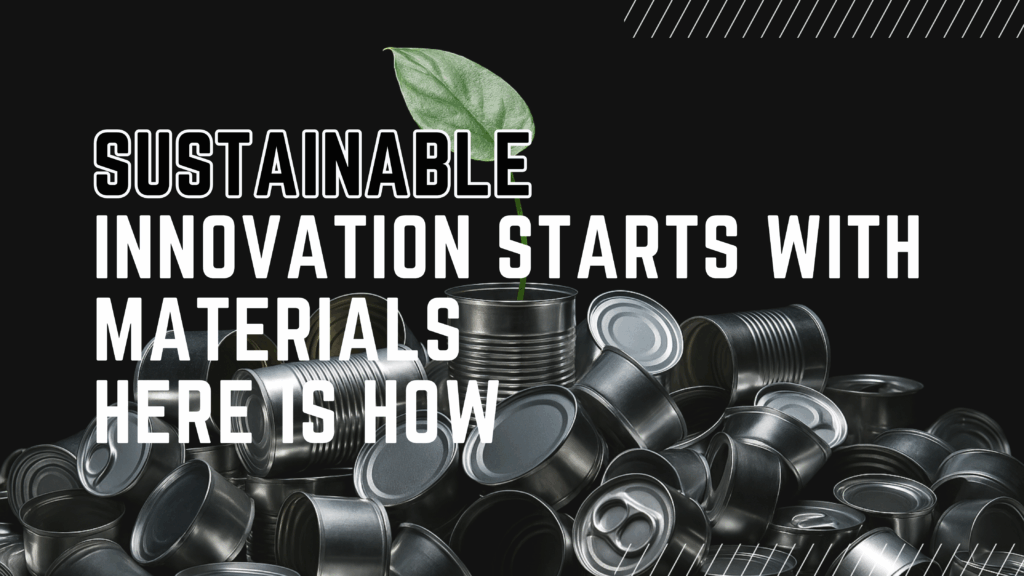Materials: The Silent Enablers of Sustainability

When we think about sustainability, we often picture renewable energy, electric vehicles, or recyclable packaging. Yet, a crucial driver lies behind these transformations: advanced materials. They are the silent enablers making large-scale change possible across industries.
Mobility: Lighter Vehicles, Lower Emissions
Replacing steel with polymer composites can cut component weight by up to 50%. This translates directly into efficiency: a 10% lighter vehicle delivers a 6–8% fuel economy improvement.

And here lies a paradox: we use energy to move a car weighing around 1,000 kg, while its useful load, typically a single passenger, averages barely 80 kg. Every kilogram saved brings us closer to closing this gap, reducing wasted energy and emissions.
Construction: Insulation that Pays Off
Buildings account for nearly 40% of global energy use and CO₂ emissions (IEA). Plastics make a measurable difference: advanced insulation foams can reduce heat flow through walls by 20–70%, cutting heating/cooling bills by up to 50%.

And over their lifetime, plastic insulation materials save more than 200 times the energy used in their production.
Electronics: Polymers for Safer, Longer-Lasting Batteries
Polymers are critical in lithium-ion and next-generation batteries, improving thermal stability, safety, and lifetime. Recent polymer-based batteries reach ~139 mAh/g capacity, ~153 Wh/kg energy density, and 92% retention after 4,800 cycles.

This innovation means devices that last longer, perform better, and support the transition to renewable energy systems.
Circularity: A Complex Balance
Metals such as steel and aluminum achieve high recycling rates (75–85%). Most plastics remain below 10%.

With such low plastic recycling rates, can we really say metals are the better choice? Not necessarily. What these figures reveal is the urgency to increase investments in collection, sorting, and recycling infrastructure, while simultaneously innovating in new materials that make circularity simpler and more scalable.
The Takeaway
From lighter cars to insulated buildings, from high-performance batteries to sterile healthcare devices, advanced materials enable sustainability in ways that consumers rarely see.
For businesses under pressure from consumers, investors, regulators, and peers, the lesson is clear: materials are not just tools for performance — they are strategic infrastructure for a sustainable future.



